Banjo Tone Woods
“The tone ring is the most important banjo part; the wood doesn’t make any difference!”
“Tone wood matters in guitars and violins…banjos are mechanical and wood has no effect.”
Statements like these are saying, “the quality of meat in the spaghetti sauce is the most important part: the quality of the tomatoes makes no difference.” So… does that mean green, un-ripe tomatoes, or rotten tomatoes don’t affect the sauce?
I think it’s fair to say they do. The wood used in a banjo has a profound effect on tone and response.
Different wood species vary in density, acid or oil content, hardness, resonance, etc. It is true that each species of wood can vary somewhat, like a particularly hard piece of walnut or a particularly soft piece of maple.
But, as a general rule of thumb, each species can be at least generally characterized by certain qualities.

Mahogany
Mahogany is the softest of the hardwoods. It is characterized by a gentler sound; A warmer sound. I characterize it like a “soft focus photograph”. The sound is warm with a soft edge. Bela Fleck has stated that he likes the sound of mahogany banjos. For the player who is not searching for brightness and quick response, and prefers a slightly softer, “sweeter” sound, mahogany is ideal.
The “response” is how the strings react to your fingers. Mahogany has a slower feel. There is a feeling of “pulling the sound out of the banjo.”
It is an extremely stable and somewhat oily wood. It is usually medium brown with a bit of red and/or orange in its color. It is also becoming harder to find. If you are interested in a mahogany banjo, buy it now before it is impossible to find.
Maple
Maple is an acidic wood. It tends to create a very bright sound and responds very quickly. By quickly I mean, plucking the string feels like something pops or snaps. There is a feeling of “the sound popping or snapping right out of the banjo.” One customer described it as “breaking a glass rod with every pluck.”
Maple has a clear sound with a sharp, clearly defined edge. It is a bit like a razor sharp photograph where every detail is crisp and clean.
Maple is generally a harder wood than mahogany and that hardness is one factor that makes maple banjos seem louder. The softer mahogany neck absorbs some of the strings vibrating energy. The harder maple neck absorbs less of the string energy so the string energy vibrates stronger at the bridge…which makes the banjo sound a bit louder. The harder neck wood enhances higher frequencies and therefore the maple banjo sounds brighter.
Maple is light tan, and while some maple is straight grained and almost looks white, some maple has cross grain stripes of a darker tan color sometimes called “fiddle back” or “tiger striped” because of the use in sides and backs of violins and the similarity to the tiger’s stripes. The “tiger striped” or sometimes called “curly maple” is highly sought after for its dynamic appearance and striking grain patterns.
Maple is very popular among banjoists.
Walnut
Walnut is a chocolate brown color, acidic and stable wood that is usually harder than mahogany but softer than most maples. It’s deep color is prized by many banjoists. It is not as traditionally popular as maple or mahogany, but it is very popular with some players.
Its relative hardness gives it more brightness than mahogany, but more warmth than maple For players who find maple a little too bright and mahogany a bit too warm, walnut is perfect compromise.
Bluegrass banjo giant and Deering Signature banjo artist Terry Baucom specified straight grained walnut for his Deering “Terry Baucom signature model.” The blend of brightness and warmth was a perfect match for Terry, “the Duke of Drive.”
How Do These Woods Affect a Banjo’s Sound?
Resonators
A banjo resonator is laminated for stability and durability. The exterior wood is a veneer that matches the wood used in the neck. The sound change from the exterior layer of wood is subtle, but very real. We have done experiments putting different resonators on the same banjo and noting the differences.
Since the resonator is a “reflector” its effect on the sound can vary due to its density and weight. The depth and internal shape of the resonator creates a “Tone chamber” that creates a sound of its own, but the tone chamber is not part of our discussion today.
Some customers have asked us for a maple resonator for their mahogany banjo to make the sound “pop.” The effect of the resonator, while definite, is pretty subtle. You won’t make a mahogany-necked banjo “pop” merely be installing a maple resonator.
Singing in a concrete bunker is very different than singing in a carpeted office. One has hard dense walls that bounce sound around the room and the other has furniture and carpet that absorbs sound to make things quieter. This is an illustration of how the sound can be affected by the density and hardness of a resonator.
A hard maple veneer on the resonator makes the resonator a little stiffer and heavier. A mahogany veneer makes the resonator a little softer and lighter.
Neck
These changes have a similar effect as the wood in the neck, but the neck, because the strings are fastened directly to it via the tuning machines, have a profound effect on the banjos sound.
If I tied one end of a rope to a concrete wall and the other end to the end of a two by four that has been pressed into the ground, and I push on the rope or “pluck” the rope, the two by four will bend a bit and the wall will not.
Now, if I tied the rope to the wall and then press a steel “I” beam into the ground, the “I” beam will still bend more than the wall, but the rope will not move as easily as when it is tied to the wall and the two by four.
So, if I stretch a banjo string over a neck that is softer, every time I pluck the string, the softer wood will bend or deflect with the pressure of plucking the string.
And, if I stretch that banjo string over a neck that is harder, every time I pluck the string, the harder wood will bend less than the softer wood, and more of the plucking energy will be absorbed by the bridge and the banjo head.
Maple is popular partly because the maple neck seems “louder” because the stiffer neck absorbs less energy of the string vibrating but the energy has to go somewhere and so it goes into the bridge and head.
Mahogany is popular because when it is absorbing some of the string vibrating energy, it softens the energy going to the bridge and head and creates a “sweetness” of tone in a banjo.
If the wood in an instrument has any natural oil in it, this also gives the banjo a little bit of warmth. Acid is much lighter in weight than oil and so woods like maple and walnut, which have more acid content than oil, tend to sound a little “dryer”. One is not better than the other, they are just characteristics that we utilize when helping customers create their “sound” or when we design a banjo model.
What Should I Choose for My Banjo?
The tone wood in the neck and resonator add a “color” to the banjo tone. The effect is like a subtle “shading” of the tone…. A little brighter, a little warmer, a little quicker responding, a little gentler response…
The tone wood does not have the dramatic effect of a different tone ring, or flange design, etc, but it has a very definite enhancing effect.
So, ignoring the choice of tone ring, flange design, tailpiece, etc, here are a few rules of thumb.
- Maple will enhance the brightness. It will give you the brightest sound possible. Maple will also give you the most dynamically responsive banjo you can get - it will let you play very soft or very loud.
- Mahogany will create the warmest sound possible. If you like to feel like “pulling the sound” out of a banjo, mahogany is a great choice.
- If you want something in between, walnut and koa are good choices.
So, wood choice isn’t the whole picture, but it is a definite part of what contributes to the banjo’s tone color.
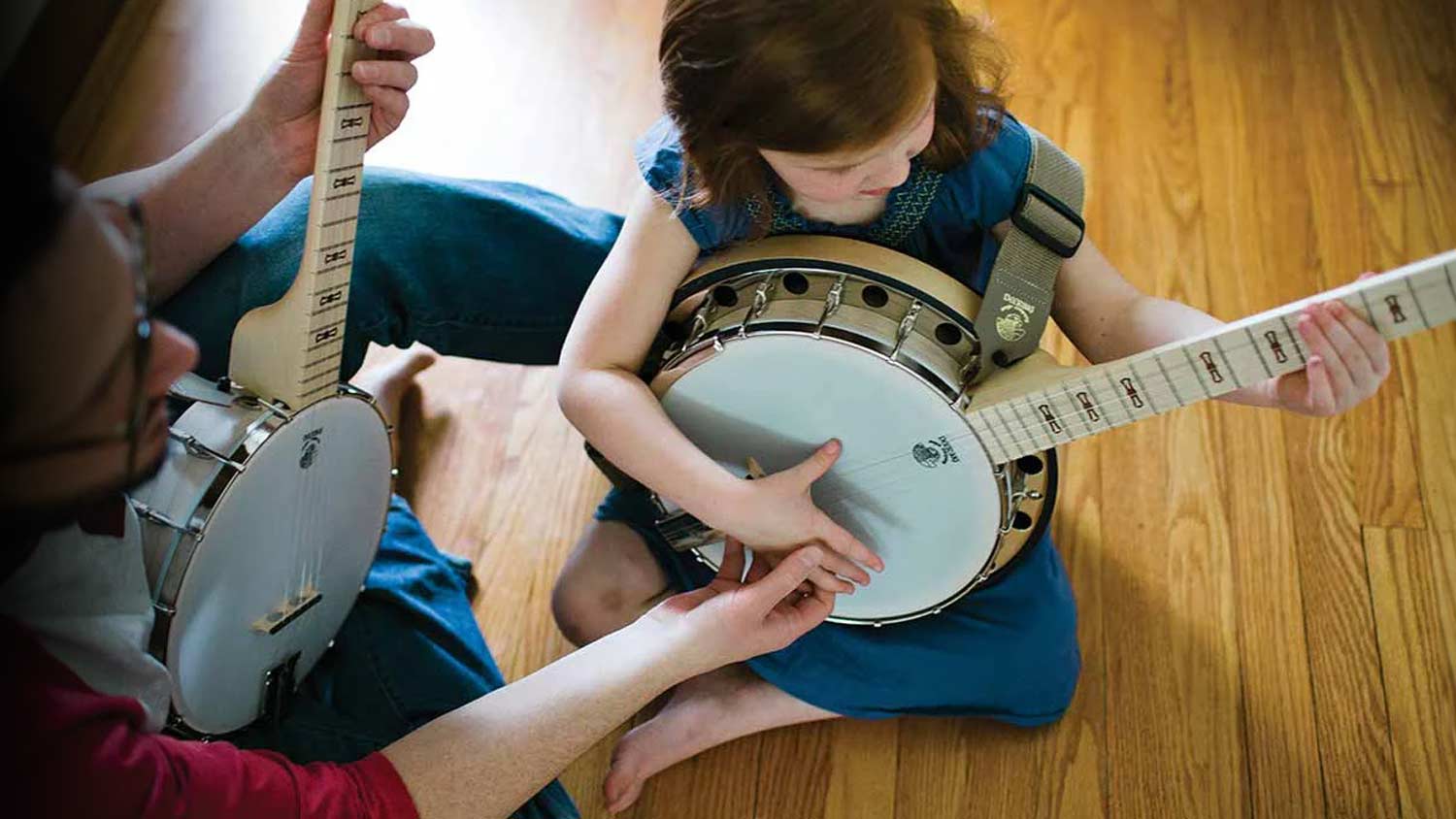



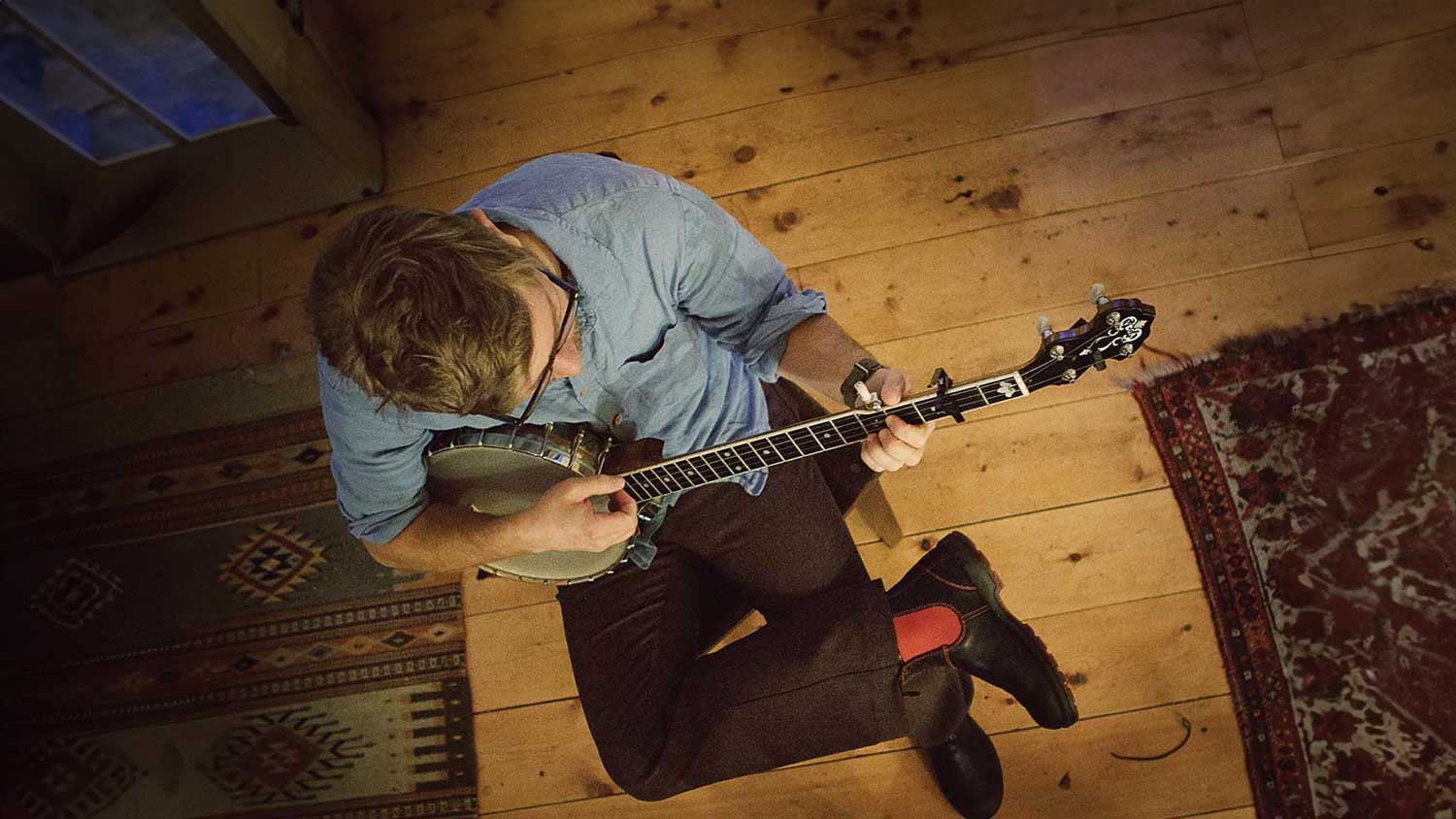
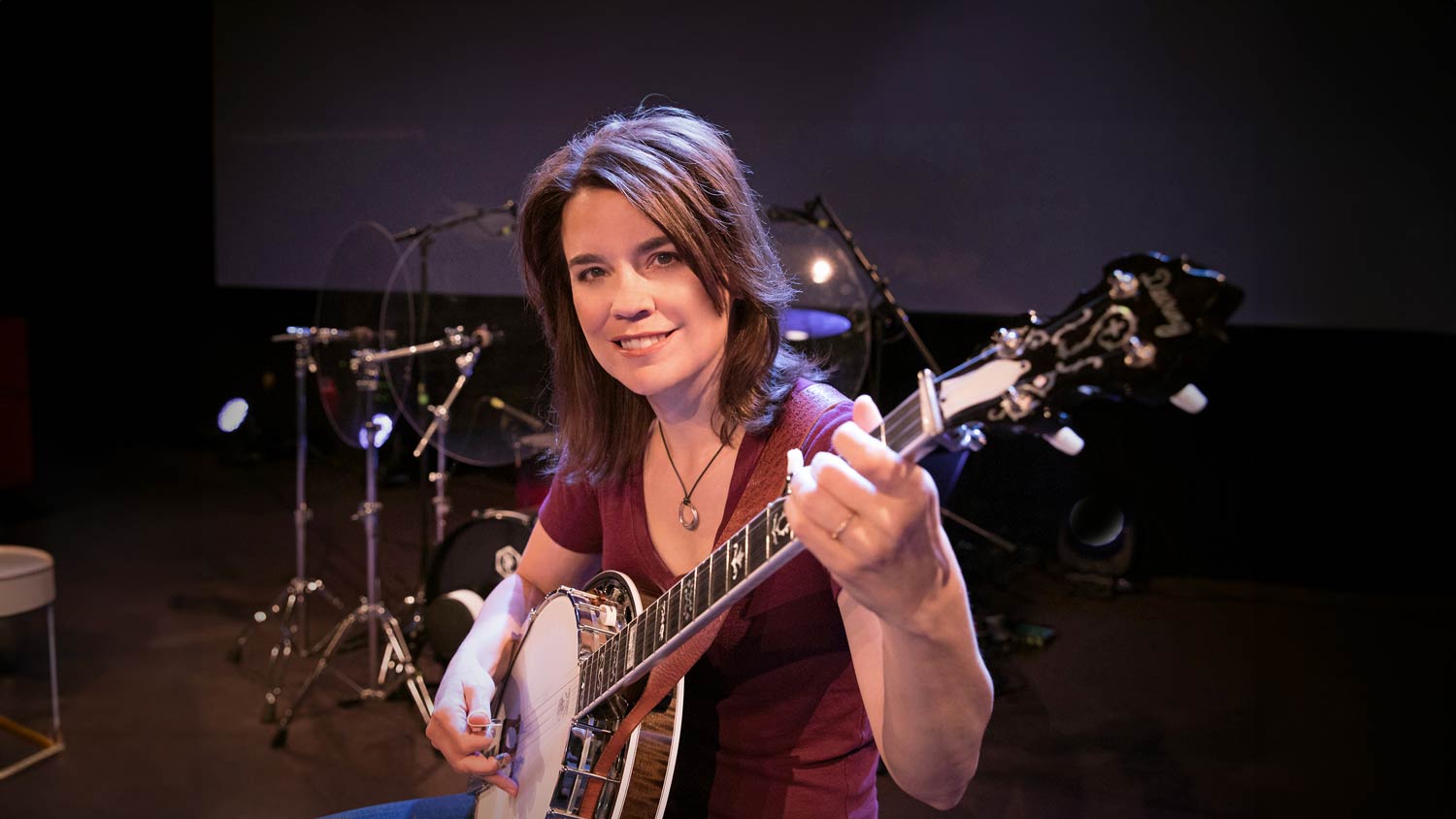

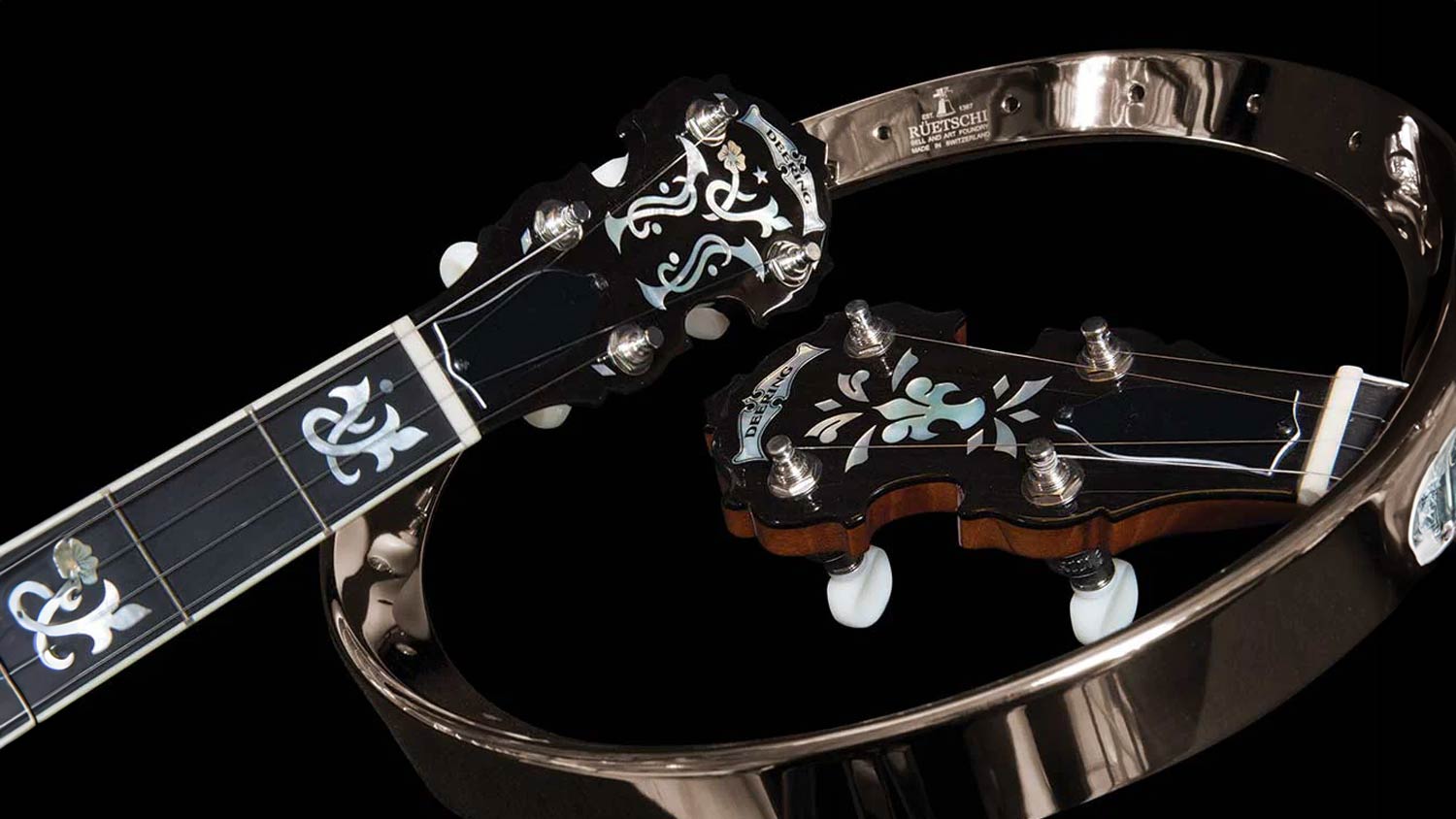

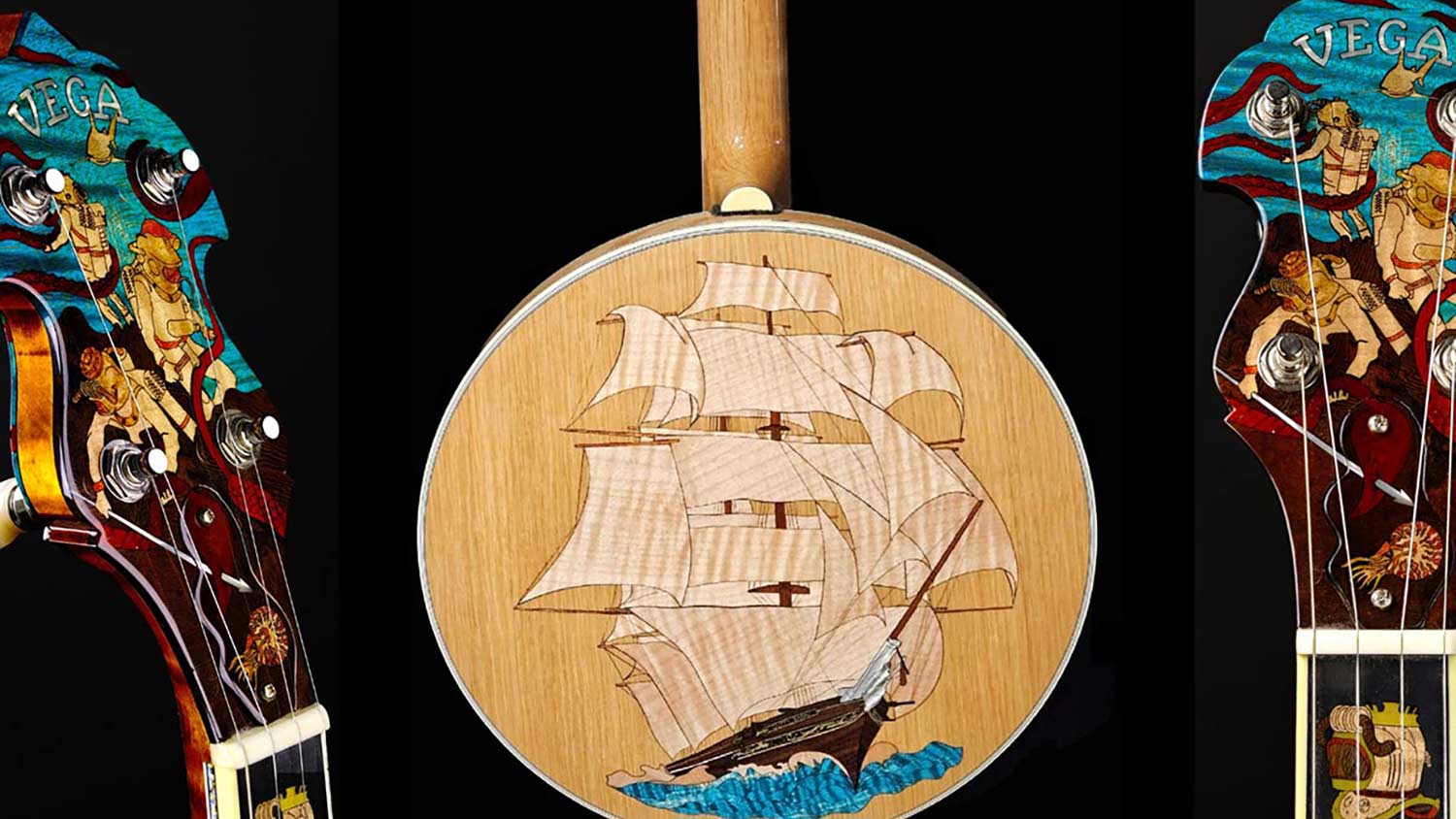





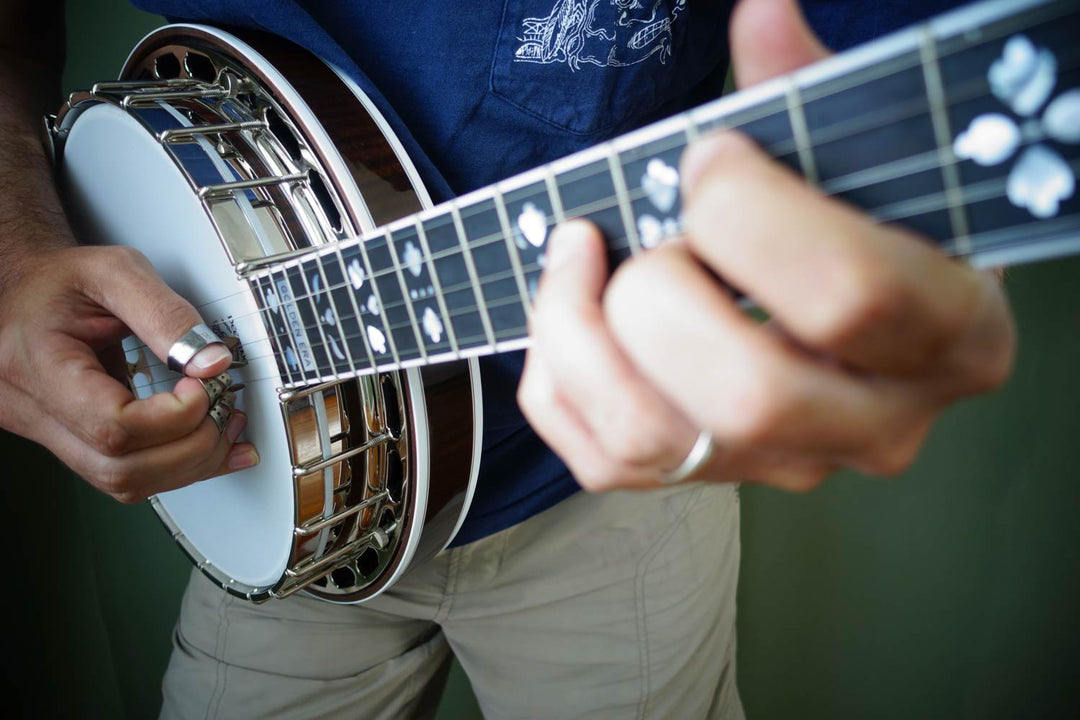
Just bought a very nice unbranded archtop banjo with a metal pot. The sound is bright with plenty of sustain. I’m wondering whether a maple rim set inside the pot would improve the tone.
Hi,
I would like to know if you have any opinions on tamarack. I have a friend who has a whole building full of cut tamarack that has been air dried in Saskatchewan for about 20 years. It is such a hard wood that most sawmills won’t take it and you can’t pound a nail into it.
No matter what I’m researching about banjos my query seems to always end up in the hands of someone at Deering. I always must be satisfied by what I read on this site because I seem to always quit searching for any more comments.
Thank You.
I bet this has been answered somewhere on this site but I am unable to discover it:
I would like to know if you have done any research and published a comparison of sounds emitted by banjos with a mahogany neck using different gage strings?
I just ordered a Sierra with mahogany neck and wonder if through your research the strings put on at your factory were selected to provide the warmest or brightest sound from that banjo? And maybe a suggestion of what string to install to provide the most warm sound for me.
I am impressed with your efforts to find alternatives to ebony. Is your mahogany from FSC sources?
Hi Greg,
Thank you for reading the articles. It’s nice to hear that the magic of music is alive and well and spurred on by one of our banjos. Keep in touch.
Leave a comment